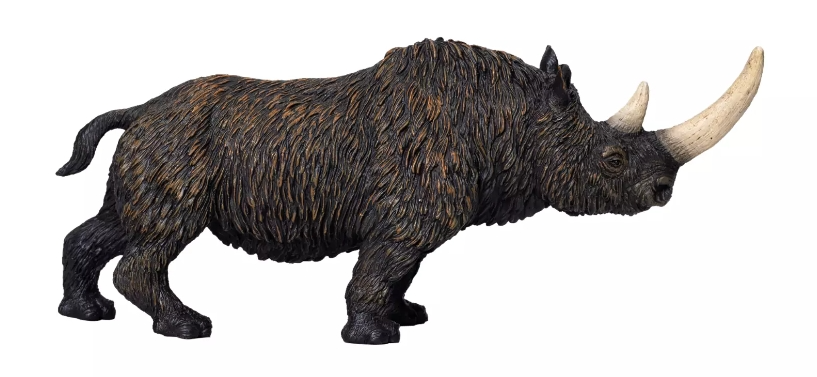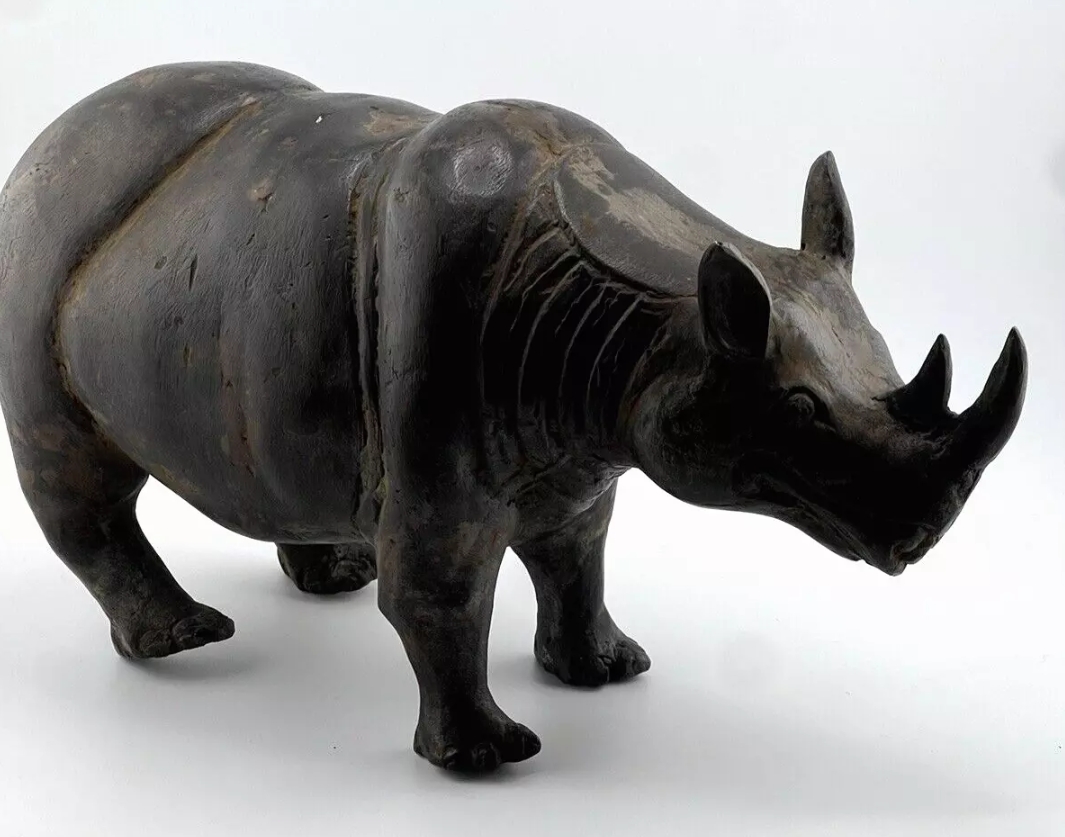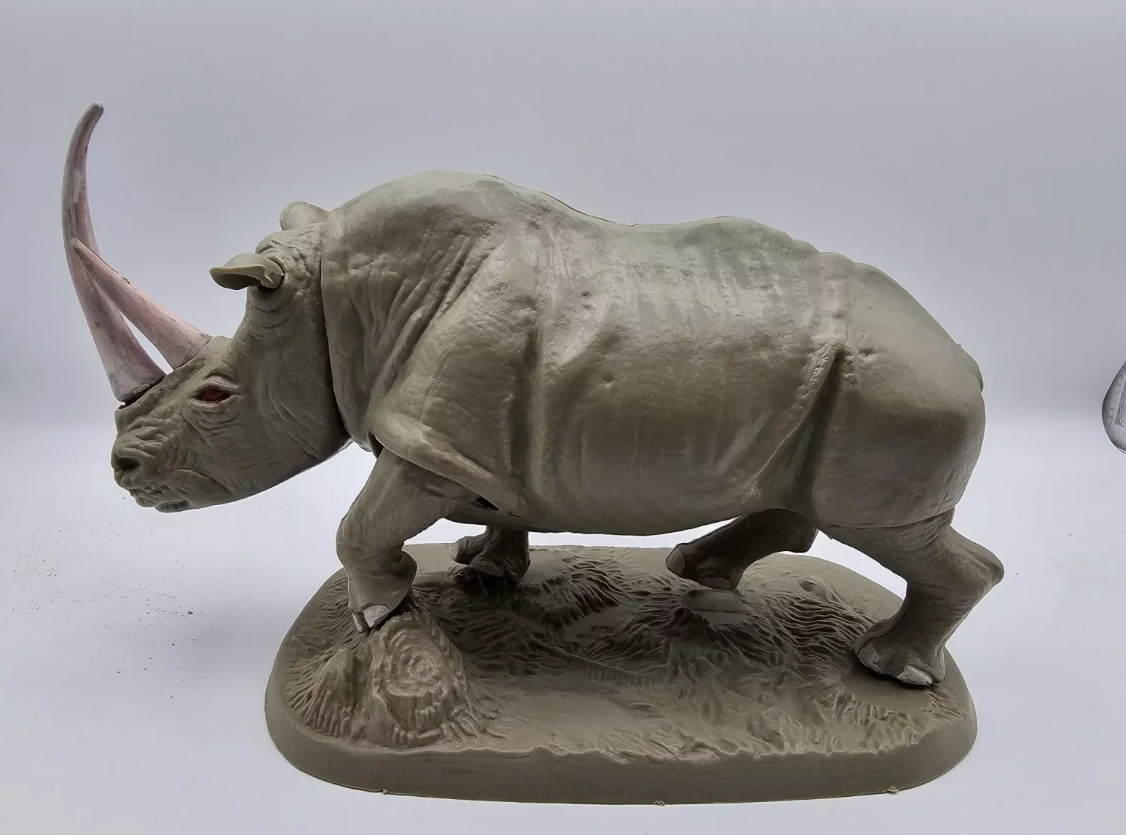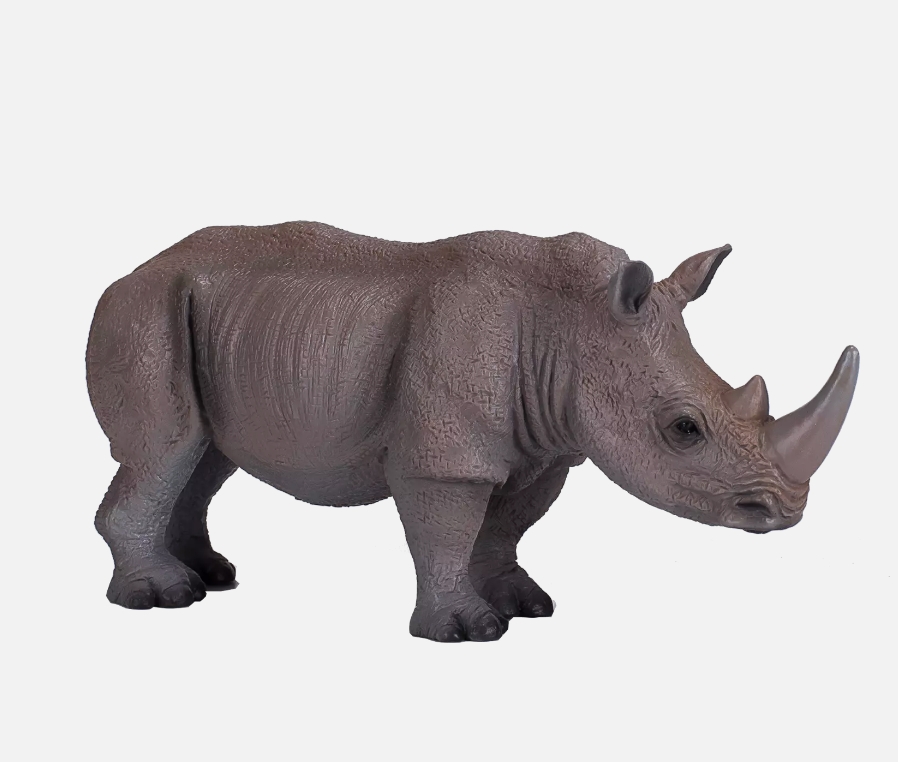Rhino model is a computer graphics tool commonly used in 3D modeling, which is widely used in various fields because of its flexibility and powerful functions. The design philosophy of the Rhino model is based on "freeform surfaces" and "precise modeling", allowing users to easily create complex surfaces and geometry to meet design requirements. Its friendly interface and simple operation make it easy for both professional designers and beginners to get started quickly.
In the modeling process, users can use various tools to edit and trim the curve surface, such as curve drawing, point cloud processing, and so on. This flexibility allows users to achieve a high degree of design freedom and the ability to outline creative shapes. At the same time, the rhino model supports a variety of import and export formats, which facilitates data interaction with other software, greatly improving work efficiency.
In addition, the Rhino model also has a strong plug-in support, users can install additional functional modules according to the needs of the software to expand the scope of application. For example, some plugins can help with parametric design, algorithmically generating complex geometry to further improve the effectiveness and accuracy of the design. This modular design concept allows Rhino models to respond flexibly to dynamically changing design requirements and remain competitive.
Rhino models are particularly widely used in industrial design, architectural design and product prototyping. Designers can display through real 3D models, so that customers can understand the design intention and achieve more intuitive communication. At the same time, the rhino model can also be used in combination with other software tools, such as rendering tools and animation software, to further enhance the expressiveness and visualization of the design. In general,rhino model with its powerful functions, a variety of application scenarios and good user experience.




